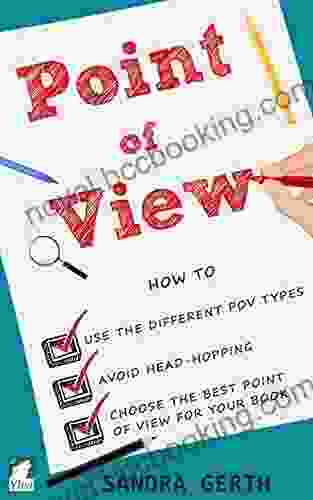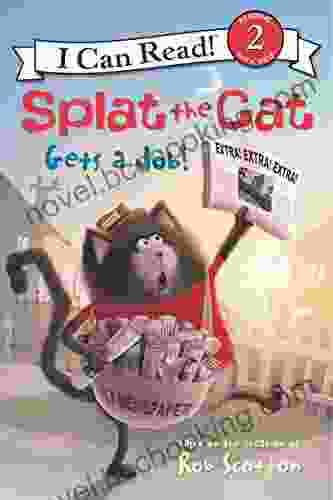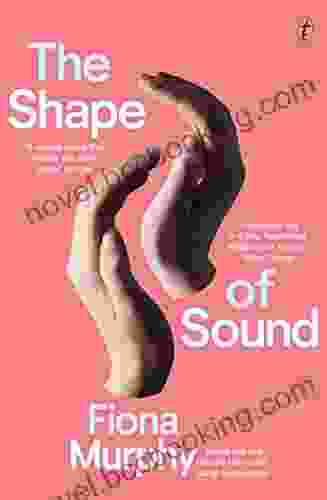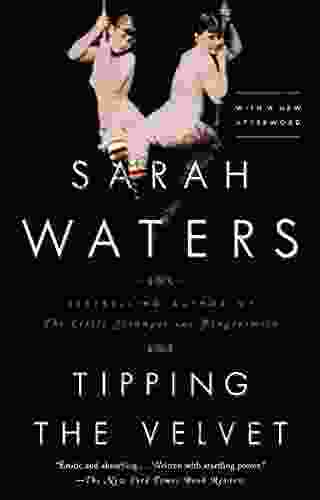Unveiling the Secrets: A Comprehensive Guide to Point of View (POV) for Writers

In the realm of storytelling, the point of view (POV) plays a pivotal role in shaping the narrative and immersing readers in the world you create. Whether you're a seasoned author or just starting your literary journey, understanding the nuances of POV can elevate your writing to new heights.
In this comprehensive guide, we'll delve into the different types of POV, explore the benefits and pitfalls of each, and provide practical tips to avoid the dreaded "head hopping" and choose the best POV for your story.
4.7 out of 5
| Language | : | English |
| File size | : | 1145 KB |
| Text-to-Speech | : | Enabled |
| Screen Reader | : | Supported |
| Enhanced typesetting | : | Enabled |
| Print length | : | 160 pages |
| Lending | : | Enabled |
So, grab your writing tools and prepare to embark on a journey that will unlock the secrets of POV and empower you to craft compelling and unforgettable stories.
Chapter 1: The Three Main Types of POV
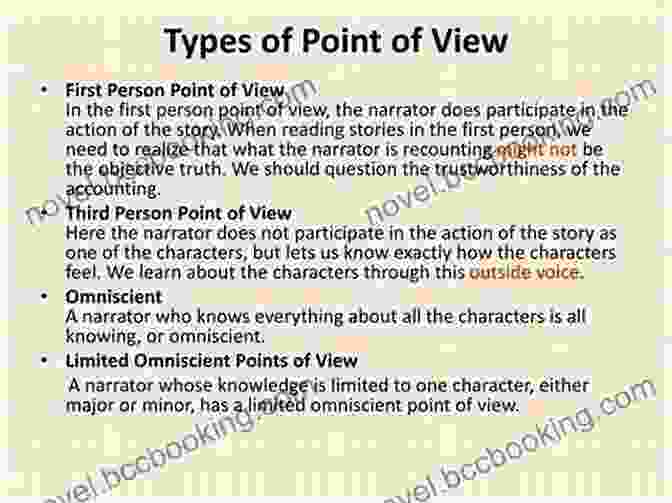
1. First Person (I/Me/My)
The first person POV plunges readers directly into the mind and experiences of a single character, often the protagonist. This intimate perspective allows for deep emotional connection and raw authenticity.
Pros:
- Captivating and immersive
- Provides unparalleled access to the character's thoughts and feelings
Cons:
- Limited scope and knowledge outside the character's perspective
- Can become repetitive or claustrophobic if overused
2. Second Person (You)
The second person POV addresses the reader directly, creating an immediate sense of intimacy and involvement. It's commonly used in instructional writing, self-help books, and choose-your-own-adventure stories.
Pros:
- Highly engaging and interactive
- Fosters a personal connection with the reader
Cons:
- Can be limiting and artificial if not handled skillfully
- May distance the reader from the story and characters
3. Third Person (He/She/They)
The third person POV offers a more detached and omniscient perspective, allowing writers to narrate events from the outside looking in. It's further divided into two subcategories:
a. Third Person Limited:
- Focuses on the thoughts and experiences of a specific character, similar to first person, but with a greater sense of objectivity.
Pros:
- Provides insight into a character's mind while maintaining narrative distance
- Allows for occasional shifts in perspective
Cons:
- Can be less immersive than first person
- Requires skillful handling to avoid monotony
b. Third Person Omniscient:
- The narrator has complete knowledge of all characters and events, offering a god-like perspective.
Pros:
- Unlimited scope and flexibility
- Enables the exploration of multiple perspectives and storylines
Cons:
- Can create a sense of detachment from the characters
- May risk overwhelming the reader with excessive information
Chapter 2: Choosing the Best POV for Your Story
Selecting the appropriate POV is crucial for enhancing your story's impact and connecting with readers on a deeper level. Here are some factors to consider:
- Purpose and Genre: Different genres and writing styles may favor certain POVs.
- Character Development: POV influences how readers perceive and relate to characters.
- Scope and Perspective: The POV determines the extent of the story world and the depth of character exploration.
Remember, there's no right or wrong POV, but rather the one that best serves your narrative goals.
Tips for Choosing the Best POV:
- Experiment with different POVs during drafting.
- Consider the overall tone and mood you want to convey.
- Seek feedback from beta readers or critique partners to gain insights.
Chapter 3: Avoiding Head Hopping: Maintaining POV Consistency
"Head hopping" occurs when the POV shifts within a scene or chapter, jumping from one character's perspective to another. This can disrupt the flow of the narrative and confuse readers.
Causes of Head Hopping:
- Lack of planning
- Attempting to include multiple perspectives without clear transitions
Tips to Avoid Head Hopping:
- Stick to one POV per scene or chapter.
- Use clear paragraph breaks or scene breaks to indicate perspective shifts.
- Employ transitional phrases to guide readers smoothly.
- Consider using multiple POVs in separate chapters or sections.
Chapter 4: Beyond the Basics: Advanced POV Techniques
Once you've mastered the basics, explore these advanced POV techniques to elevate your storytelling:
Multiple POVs:
- Craft a complex narrative by alternating between the perspectives of multiple characters.
- Provide diverse viewpoints and enrich character development.
Stream of Consciousness:
- Dive into the unfiltered thoughts and emotions of a character.
- Create a raw and immersive experience for readers.
Objective POV:
- Remove all direct access to characters' thoughts and feelings.
- Present events as they happen, without subjective commentary.
: Unleashing the Power of POV
Understanding and effectively utilizing point of view is like mastering a secret language that opens up endless possibilities for storytelling. By embracing the different POV types, avoiding head hopping, and exploring advanced techniques, you can create narratives that resonate deeply with readers and leave an unforgettable mark.
As you journey through the world of point of view, continue to experiment, seek feedback, and refine your craft. Remember, the power of POV lies in its ability to transport readers into your story world, immerse them in the minds of your characters, and leave them forever altered by the experience.
Unlock the secrets of POV and embark on a literary adventure that will captivate your readers and propel your writing to new heights.
Additional Resources for Your POV Journey:
- The Elements of Style by William Strunk Jr. and E.B. White (Chapter 6: Point of View)
- On Writing by Stephen King (Chapter 20: Point of View)
- Purdue Online Writing Lab: Point of View
- The Writer's Workshop: Point of View
4.7 out of 5
| Language | : | English |
| File size | : | 1145 KB |
| Text-to-Speech | : | Enabled |
| Screen Reader | : | Supported |
| Enhanced typesetting | : | Enabled |
| Print length | : | 160 pages |
| Lending | : | Enabled |
Do you want to contribute by writing guest posts on this blog?
Please contact us and send us a resume of previous articles that you have written.
 Book
Book Novel
Novel Page
Page Chapter
Chapter Text
Text Story
Story Genre
Genre Reader
Reader Library
Library Paperback
Paperback E-book
E-book Magazine
Magazine Newspaper
Newspaper Paragraph
Paragraph Sentence
Sentence Bookmark
Bookmark Shelf
Shelf Glossary
Glossary Bibliography
Bibliography Foreword
Foreword Preface
Preface Synopsis
Synopsis Annotation
Annotation Footnote
Footnote Manuscript
Manuscript Scroll
Scroll Codex
Codex Tome
Tome Bestseller
Bestseller Classics
Classics Library card
Library card Narrative
Narrative Biography
Biography Autobiography
Autobiography Memoir
Memoir Reference
Reference Encyclopedia
Encyclopedia Rosanna Casper
Rosanna Casper Rosalind Wiseman
Rosalind Wiseman Robert Specht
Robert Specht Sarah L Schuette
Sarah L Schuette Sam Priestley
Sam Priestley Sarah Luddington
Sarah Luddington Richelle Mead
Richelle Mead Stephanie Thornton
Stephanie Thornton William O Connor
William O Connor Sierra Crane Murdoch
Sierra Crane Murdoch Ray Btad
Ray Btad Robert C Renneberg
Robert C Renneberg Sue Hollowell
Sue Hollowell Richard Palmer
Richard Palmer Roy Johansen
Roy Johansen Ruth Ayres
Ruth Ayres Sara Dawn Johnson
Sara Dawn Johnson Roderick Stewart
Roderick Stewart Ron Stallworth
Ron Stallworth Rodney Paul
Rodney Paul
Light bulbAdvertise smarter! Our strategic ad space ensures maximum exposure. Reserve your spot today!
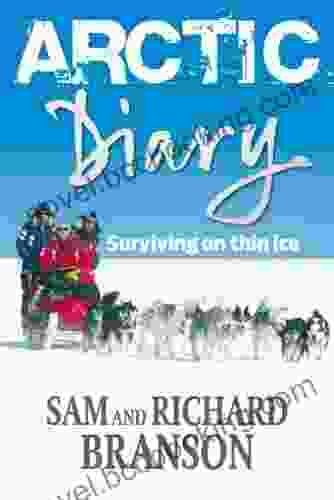
 Curtis StewartArctic Diary: Surviving On Thin Ice - An Unforgettable Tale of Endurance and...
Curtis StewartArctic Diary: Surviving On Thin Ice - An Unforgettable Tale of Endurance and...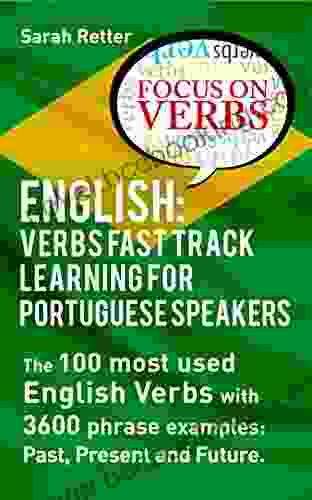
 Jared NelsonPast, Present, and Future English for Portuguese Speakers: Your Gateway to...
Jared NelsonPast, Present, and Future English for Portuguese Speakers: Your Gateway to...
 Jerry HayesUnleash the Power of "Protect and Defend": An Unforgettable Thriller by Vince...
Jerry HayesUnleash the Power of "Protect and Defend": An Unforgettable Thriller by Vince... Dean ButlerFollow ·15.9k
Dean ButlerFollow ·15.9k Jedidiah HayesFollow ·16.6k
Jedidiah HayesFollow ·16.6k Bryce FosterFollow ·4.2k
Bryce FosterFollow ·4.2k Jerry HayesFollow ·2.6k
Jerry HayesFollow ·2.6k Ernest J. GainesFollow ·9.4k
Ernest J. GainesFollow ·9.4k Tyler NelsonFollow ·2.6k
Tyler NelsonFollow ·2.6k Paul ReedFollow ·5.8k
Paul ReedFollow ·5.8k Samuel BeckettFollow ·9.2k
Samuel BeckettFollow ·9.2k

 Steven Hayes
Steven HayesEmbark on Unforgettable Adventures: Discover the Best of...
Unveiling the Enchanting Trails of the...
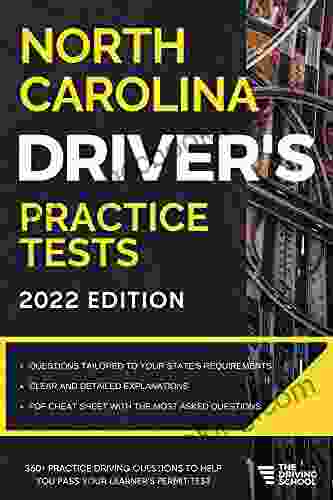
 Jarrett Blair
Jarrett BlairMaster the Road: Ace Your North Carolina Driver's Test...
Unlock the Secrets to...
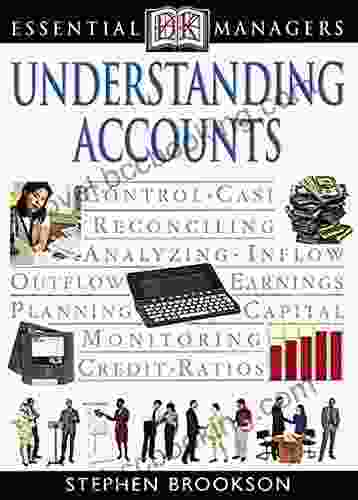
 Brent Foster
Brent FosterDk Essential Managers Understanding Accounts: Your...
In today's...
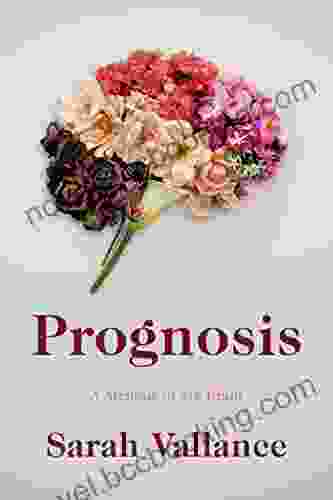
 Isaac Mitchell
Isaac MitchellPrognosis: A Memoir of My Brain - A Journey of Hope and...
In 2013, Eve Ensler was diagnosed with a...
4.7 out of 5
| Language | : | English |
| File size | : | 1145 KB |
| Text-to-Speech | : | Enabled |
| Screen Reader | : | Supported |
| Enhanced typesetting | : | Enabled |
| Print length | : | 160 pages |
| Lending | : | Enabled |


